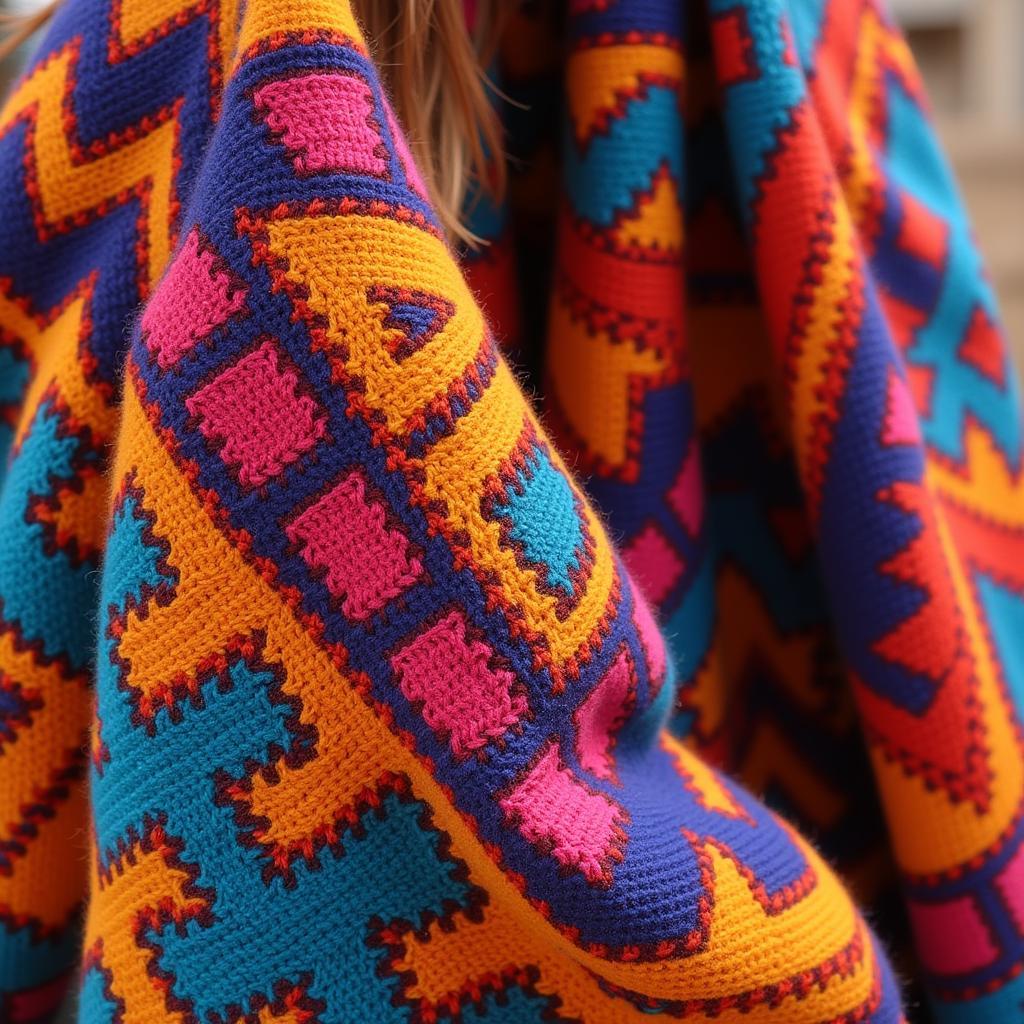African Fighting Bracelets: History, Significance, and Styles
African Fighting Bracelets, more than just stylish accessories, hold deep cultural significance and tell stories of tradition, strength, and heritage. These bracelets, often crafted from materials like metal, ivory, or wood, have played various roles in different African cultures for centuries.
A Legacy of Warriors and Kings
Historically, African fighting bracelets were worn by warriors as both protective talismans and symbols of courage. They were believed to imbue the wearer with strength and ward off evil spirits during battle. The weight and size of some bracelets, particularly those made from heavy metals like iron or copper, also served a practical purpose, adding force to strikes.
Beyond their martial significance, these bracelets often denoted social standing and lineage. Kings and tribal leaders wore elaborately decorated pieces, often crafted from precious metals and adorned with intricate carvings that reflected their status and power. These bracelets became heirlooms, passed down through generations as symbols of ancestral pride and connection to the past.
More Than Just Protection: The Symbolic Language of Bracelets
The beauty of African fighting bracelets lies not just in their craftsmanship but also in their diverse styles and symbolism. Different regions and ethnic groups developed their own distinct designs, each carrying specific meanings and cultural references.
-
Materials: The choice of material often held symbolic weight. For instance, gold represented wealth and prosperity, while iron symbolized strength and resilience. Leather, often associated with hunting and protection, was also a popular choice.
-
Designs: Intricate patterns carved or etched onto the bracelets often represented animals, deities, or ancestral spirits. Geometric patterns held specific meanings, embodying concepts like unity, continuity, or spiritual connection.
-
Placement: While typically worn on the wrist or forearm, the placement of the bracelet could also hold significance. Some cultures designated specific placements for warriors, leaders, or those undergoing initiation rites.
African Fighting Bracelets Today: A Cultural Legacy Endures
While their original function as battle armor might have faded, African fighting bracelets continue to hold cultural relevance in the present day. They are worn as:
-
Expressions of Heritage: For many people of African descent, both on the continent and in the diaspora, these bracelets serve as powerful symbols of their cultural identity and connection to their ancestry.
-
Fashion Statements: The bold and unique aesthetics of African fighting bracelets have also made them popular fashion accessories globally. Designers often draw inspiration from traditional designs, incorporating them into contemporary jewelry collections.
-
Conversation Starters: Wearing an African fighting bracelet can spark conversations and raise awareness about African history and culture. Each piece has a story to tell, providing a glimpse into the rich tapestry of traditions and craftsmanship found across the continent.
Conclusion
African fighting bracelets, steeped in history and meaning, continue to captivate and intrigue. More than just adornments, they serve as tangible connections to a vibrant past, embodying stories of warriors, kings, and the enduring spirit of African culture. Whether worn as a symbol of heritage, a fashion statement, or simply for their beauty, these bracelets offer a glimpse into the diverse and fascinating cultures of Africa.



